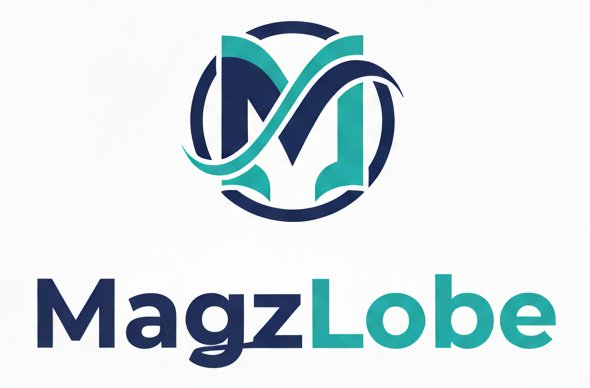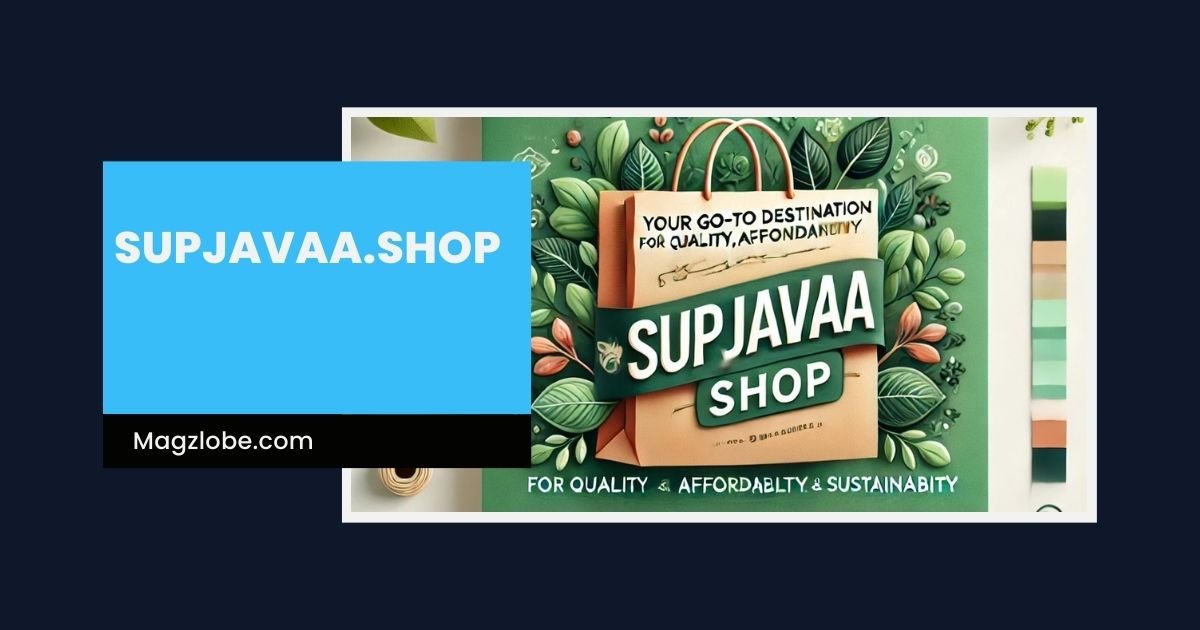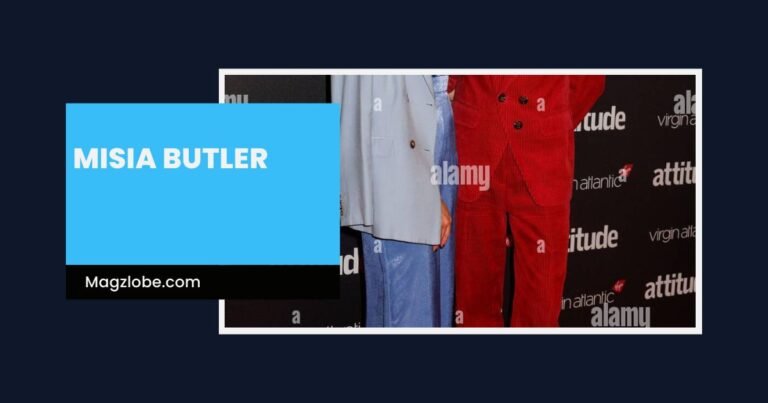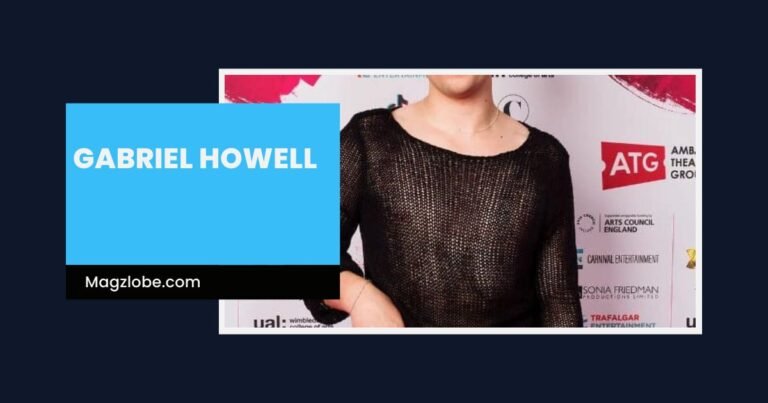Practical Guide to zuschneidfelle: How to Cut, Care for, and Use Sheepskin Pelts
Introduction
Working with zuschneidfelle opens creative doors—from cozy rugs to tailored upholstery. Whether you’re a DIYer or run a small upholstery studio, this guide walks you through cutting, tools, care, and efficiency tips so your sheepskin projects look professional and waste less material. Read on for practical steps and real-world examples. (keyword: zuschneidfelle)
Why choose zuschneidfelle for home and craft projects
Natural sheepskin carries warmth, texture, and durability—qualities that synthetic alternatives rarely match. Brands like ELK Products or offerings at IKEA show how pelts elevate interiors. For upholsterers at Upholstery Studio Müller or hobbyists buying through Amazon, zuschneidfelle are prized for:
-
Breathability and insulation
-
Softness and natural grain texture
-
Longevity when properly tanned (from a responsible tannery / Gerberei)
Analogy: think of a well-cut sheepskin like a custom suit—fit and finish make all the difference.
Tools you’ll need to cut zuschneidfelle (include entities & tool tips)
Quality results start with the right gear. Typical tools include:
-
Saddler’s knife / Sattlermesser — for precise trimming.
-
Heavy-duty fabric scissors — scissors designed for leather and pelts.
-
Electric rotary cutter — when doing many pieces or thick hides.
-
Measuring tape and chalk — for accurate pattern layout.
-
Stitch marker and seam allowance ruler — for upholstery work.
-
Cutting mat or plywood board — to protect tables.
Tip from Leather Meier: always test your blade on offcuts; a dull blade tears the nap and increases waste.
Preparing the pelt: inspection and layout (using cutting optimization)
Before you cut, do a quick quality control inspection:
-
Look for thin spots, scars, or uneven grain.
-
Decide where seams will sit—hide thin edges under trim.
-
Lay out pattern pieces to minimize leather offcuts and maximize yield.
Practical step: use a chalked grid to mark the zuschneidfelle and arrange pattern pieces like a puzzle; this cutting optimization reduces waste.
Cutting techniques for clean edges (short steps)
For consistent edges and less damage to the nap:
-
Place pelt flesh-side up on a firm board.
-
Score curves lightly before making long cuts.
-
Use steady, confident strokes with the saddler’s knife.
-
Trim the mane edge last to preserve natural look.
A short anecdote: At Schaffell-Manufaktur, a new apprentice saved 12% material by re-orienting patterns—small layout changes add up.
Sewing, joining and finishing zuschneidfelle (sewing techniques & upholstery)
When joining pelts:
-
Add seam allowance (typically 8–12 mm) and use a strong upholstery thread.
-
For visible seams, consider decorative topstitching or braided trim.
-
Use hide fastening techniques (tacks, rivets) where adhesives won’t hold.
For cushions or insole inserts, reinforce high-wear areas with backing fabrics or thin upholstery leather.
Care, dyeing, and fixing: can you treat zuschneidfelle at home?
Yes—with caution. Basic pelt care:
-
Regular brushing to keep nap fluffy.
-
Spot-clean with mild soap and cold water; never saturate.
-
For dyeing, use products labeled for natural pelts and follow tannery guidance.
Warning: home dyeing can change texture and reduce softness. If unsure, consult a professional tannery / Gerberei or send samples to a specialist like Leather Meier.
Reducing waste and repurposing offcuts (sustainability & creative ideas)
Think beyond the trim bin. Offcuts make great:
-
Small floor mats, pet beds, or decorative wall pieces.
-
Insole inserts and shoe lining for natural insulation.
-
Patchwork throws or marketable “mini rugs”—a win for resourceful shops.
Case study: An upholstery shop turned leather offcuts into small luxury accessories and increased by-product revenue.
Safety and standards to consider (EN 71, sourcing)
When sourcing zuschneidfelle, check for responsible tanning and compliance with safety standards (e.g., EN 71 for materials used in items for children). If you sell finished goods on platforms like Amazon or local décor chains, ensure labelling is transparent: origin, tanning method, and cleaning instructions.
Project checklist: beginner-friendly zuschneidfelle projects
-
Simple sheepskin rug: basic cutting + edge trim.
-
Chair seat reupholstery: pattern layout + seam allowance.
-
Insole padding: small offcuts + glue & stitching.
Tools recap: saddler’s knife, rotary cutter, measuring tape, scissors, stitch markers.
Conclusion
zuschneidfelle combine beauty and function—when cut and cared for correctly they elevate both small crafts and full interior projects. Start with the right tools, plan your layout, and repurpose offcuts to stay efficient and sustainable. Ready to try a project? Pick a small rug or chair seat and tag your progress—share photos and questions so we can troubleshoot together.
Also Read: afruimwagens: Your Ultimate Hospitality Trolley Guide
Frequently Asked Questions (FAQ) — PAA answers
Q1: How do I cut sheepskin correctly?
A: Place the pelt flesh-side up, mark your pattern with chalk, score curved lines first, and cut with a sharp saddler’s knife or heavy-duty scissors. Keep steady strokes to avoid tearing the nap. (uses terms: cutting sheepskin, saddler’s knife)
Q2: What tools do I need for cutting zuschneidfelle?
A: Essential tools include a saddler’s knife, heavy-duty scissors, electric rotary cutter for volume work, measuring tape, and a cutting board. For finishing, get upholstery needles and strong thread. (tools: rotary cutter, stitch marker)
Q3: How much waste/cutoff is typical when trimming hides?
A: Waste varies by hide quality and pattern layout—expect 10–25% offcut for irregular pelts. Optimizing pattern placement and using smaller project ideas for offcuts reduces waste. (cutting optimization, leather offcuts)
Q4: Can I dye or treat zuschneidfelle myself at home?
A: You can, but do sample tests. Use pelt-safe dyes and avoid over-wetting. For premium pelts or large pieces, consult a professional tannery. (dyeing and fixing, tannery / Gerberei)
Q5: Where can I buy quality zuschneidfelle in Europe?
A: Look for specialized suppliers, local Schaffell-Manufaktur shops, or reputable online sellers like ELK Products and selected listings on Amazon. Ask about tanning methods and origin before purchase. (brands/entities)













